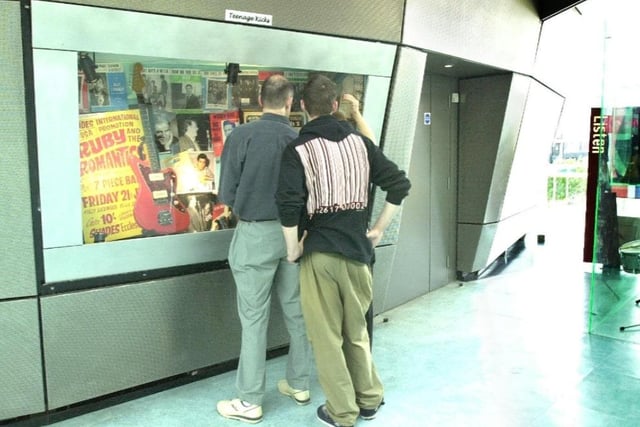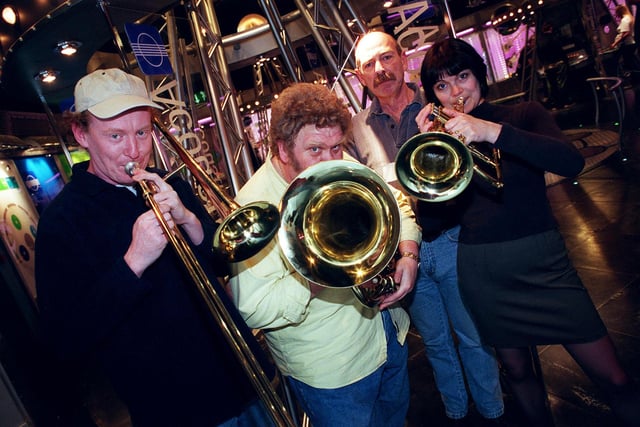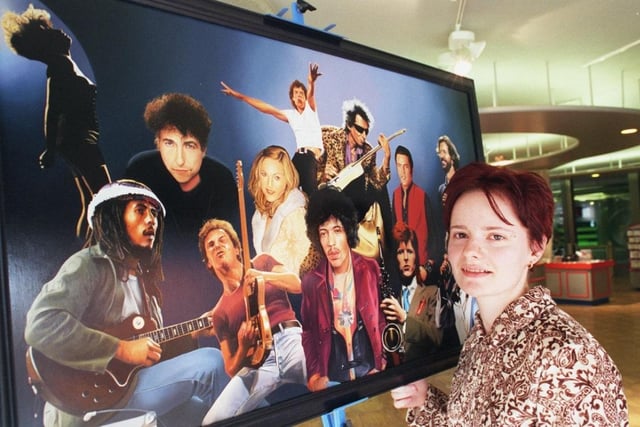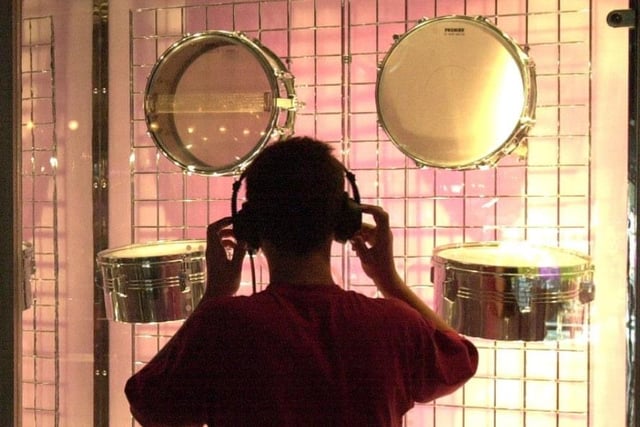One of Sheffield’s most recognisable buildings is set for a new future - and demolition has not been ruled out.
The HUBS building - which started life as the National Centre for Popular Music - is home to Sheffield Hallam University’s student union and is occasionally used for teaching, learning and other activities.
But there are plans for the union to move to a more prominent space at Hallam Square on Howard Street later in the year, a spokesperson for the university said.
They added: “In the longer term, we will be looking at several different options for the building as part of the next phase of our Campus Plan.”
When asked if that included possible demolition, they said “we haven’t got anything further to add.”
The £15 million lottery-funded project was envisaged as a celebration of contemporary music and culture, with exhibits including instruments and outfits from the careers of legendary acts.
But the venue on Paternoster Row struggled to attract visitors and closed after just 18 months, in July 2000.
It was used as a venue for hire before the distinctive building, formed of four stainless steel-coated ‘drums’, was turned into Sheffield Hallam University’s students’ union.
As with any notable building in the city, it gained various nicknames due to its appearance including the kettles, the drums and the curling stones. But it always divided opinion and in 2011 was declared the ‘world's ugliest building’.
Here we look back at the heyday of a long-gone museum.

5. Musical history
Visitors look at exhibits on the last day of opening in 2000. Photo: JPIMedia

6. Blowing their own horns
The cast of Brassed Off in the centre's acoustic section in 1999 - Steve Hewison, who plays Phil, Bill Rodgers, who plays Harry, Dennis Lill, who plays Danny the conductor and Loveday Smith who plays Gloria. Photo: Andrew Partridge

7. Stars together
Artist Joanne Shaw with one of her pictures at the centre in March 2000. Photo: JPIMedia

8. World of sound
A young visitor looks and listens on the last day of opening in 2000. Photo: JPIMedia

